They stood silent, trying hard to hold their poses. The first to catch my eye was Marilyn Monroe. A bit over-the-top – the hair too blonde, the lips too red, the famous white dress too stereotypical. Perhaps. But then it did draw my eye to their presence.
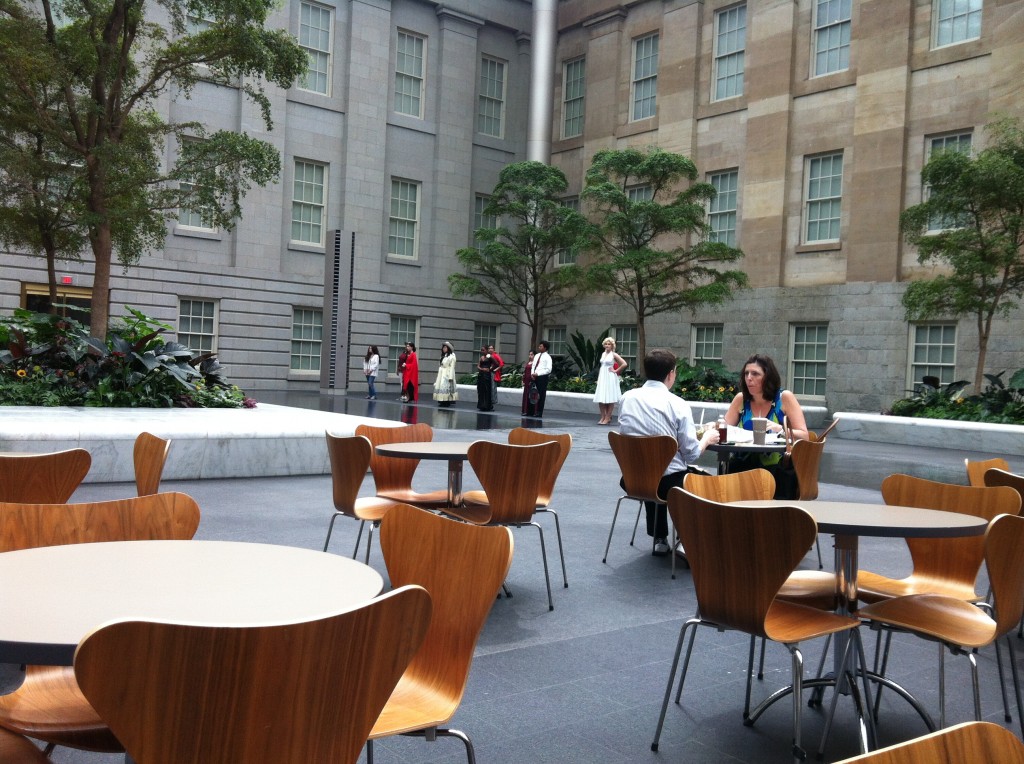
A dozen of them, each dressed in some iconic fashion. Was that Arthur Ashe in a suit and tennis racket? An unexpected Annie Oakley? Frida Kahlo? Forming a double line their presence was reflected in the Portrait Gallery’s floor fountain, a thin film of water that greets visitors to the museum’ atrium. Ten minutes or more they stood silently. Costumes beckoning stares from curious lunchers. Then, suddenly, a group of itinerant tourists enters en masse and wistfully lines up opposite the fountains from the animated art. At first they seem uncertain what will happen. The tension breaks as each poser in rapid fire bellows an introduction. Then Marilyn (after staring for so long I felt I was on a first name basis) commands all to “Follow Me.” And they did, marching past astonished onlookers and into the caverns of the gallery.
As curious was their statuesque presence, their abrupt departure was even more intriguing. I wanted to follow. What was this?
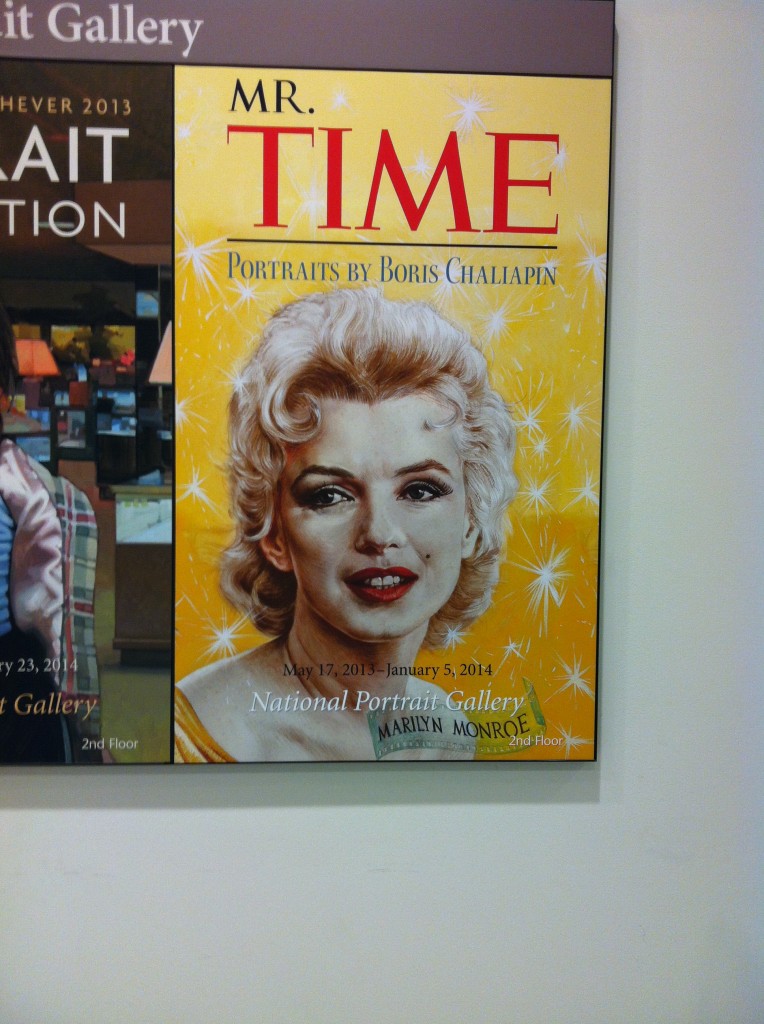
A poster in the museum’s lobby gave me a first hint. “Mr. Time,” it said, “Portraits by Boris Chaliapin.” A prolific portrait artist called up on 413 occasions to create covers for Time magazine, Chaliapin’s work is currently on exhibit at the Portrait Gallery. Rather than simply display the works, the museum enlisted the help of local teens to write and perform a series of vignettes to highlight the exhibit. “Portraits Alive!” it cajoled alluringly. Not only can you see the art on the wall, you can see the art portrayed in person.
Marilyn Monroe once said, “It’s all make believe, isn’t it?” Perhaps, but then sometimes the make believe comes to life. The Portrait Gallery has done that.
David J. Kent is the author of Lincoln: The Man Who Saved America, now available. His previous books include Tesla: The Wizard of Electricity and Edison: The Inventor of the Modern World (both Fall River Press). He has also written two e-books: Nikola Tesla: Renewable Energy Ahead of Its Time and Abraham Lincoln and Nikola Tesla: Connected by Fate.
Check out my Goodreads author page. While you’re at it, “Like” my Facebook author page for more updates!
Follow me by subscribing by email on the home page. Share with your friends using the buttons below.



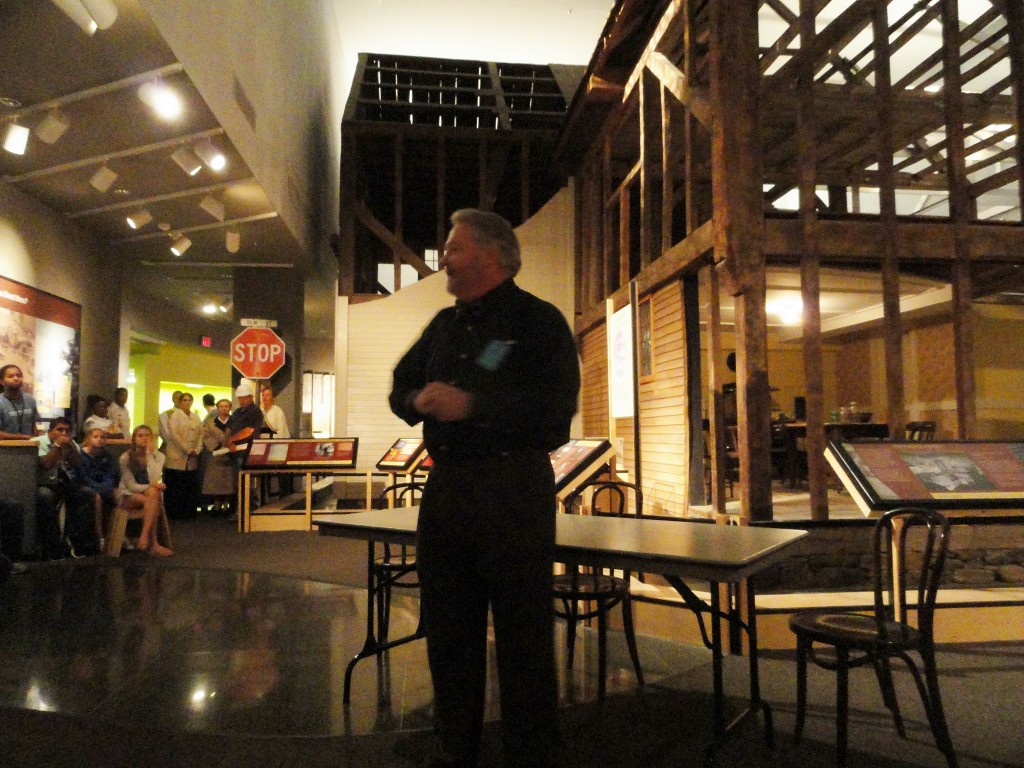
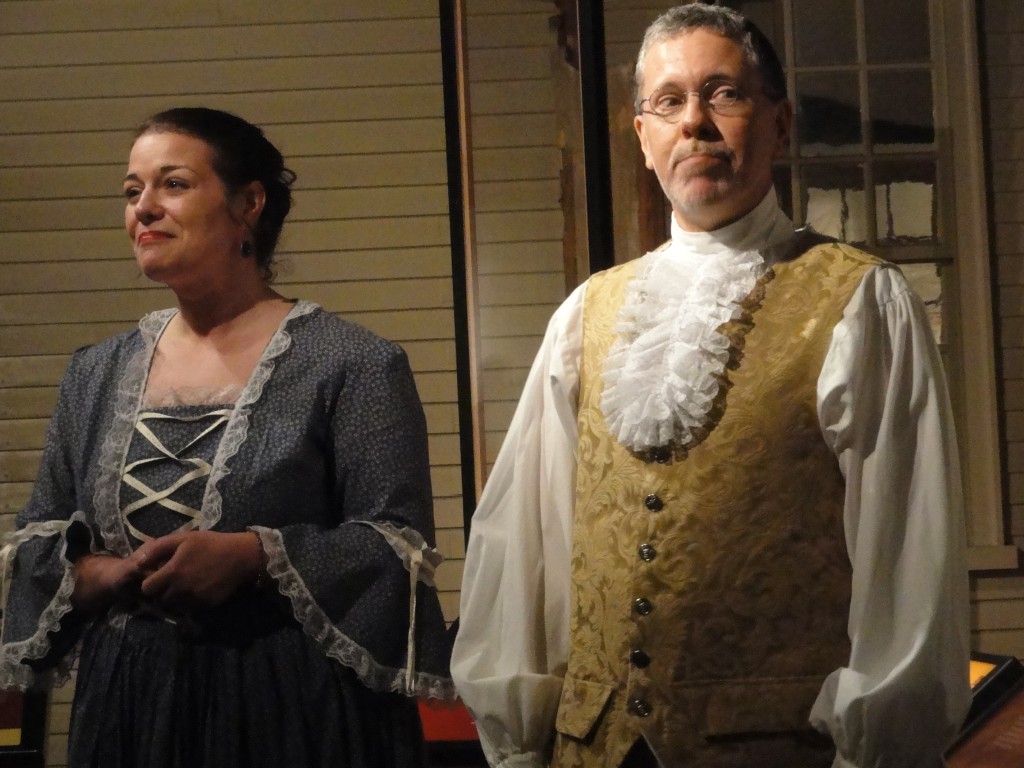
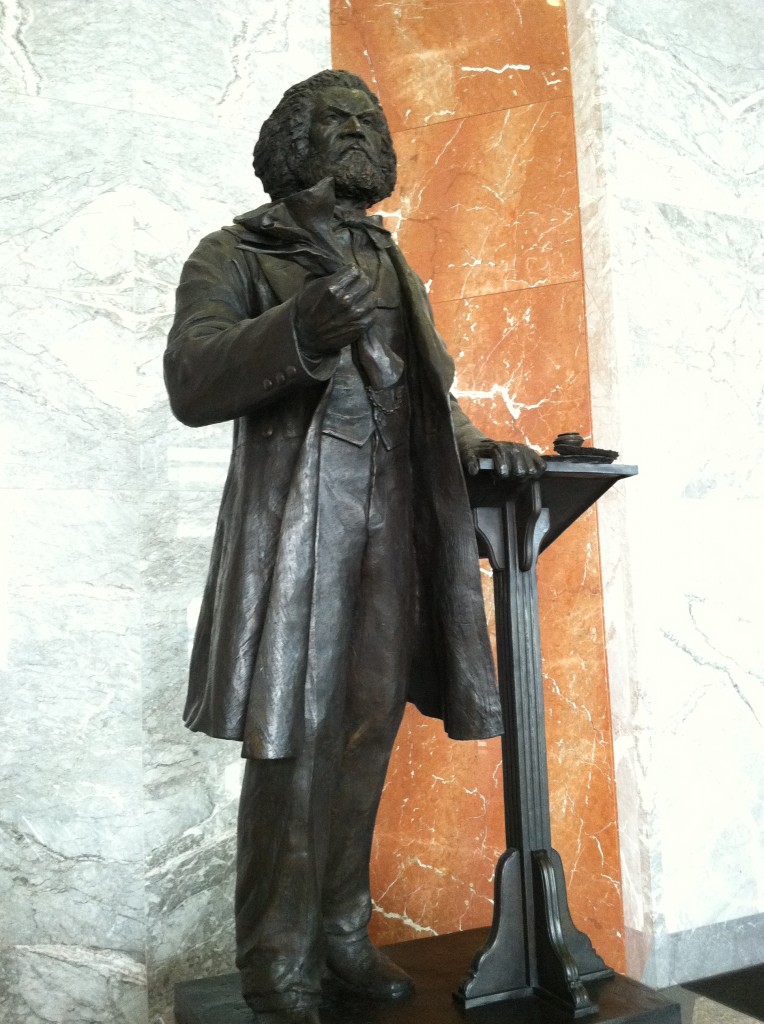
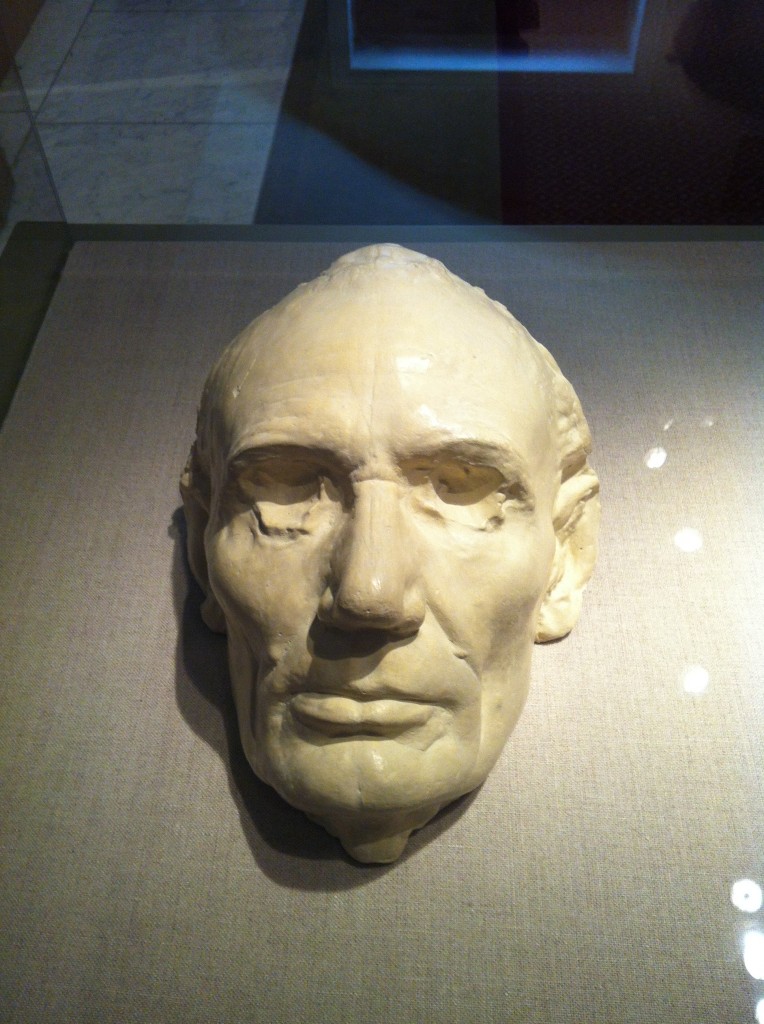

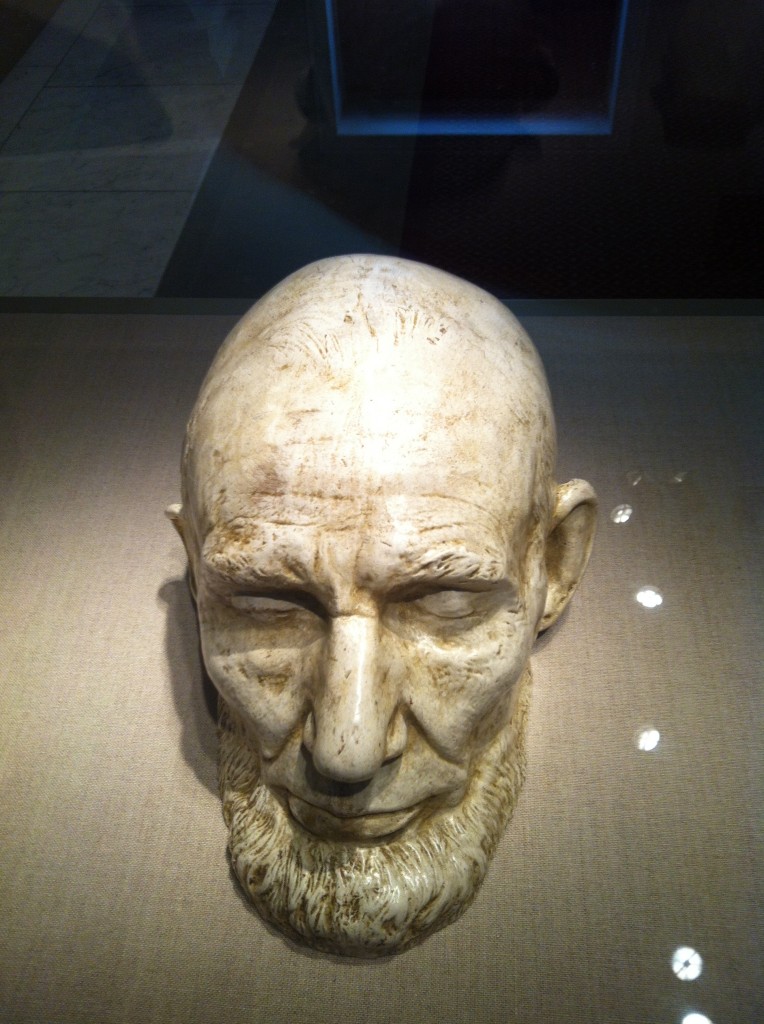
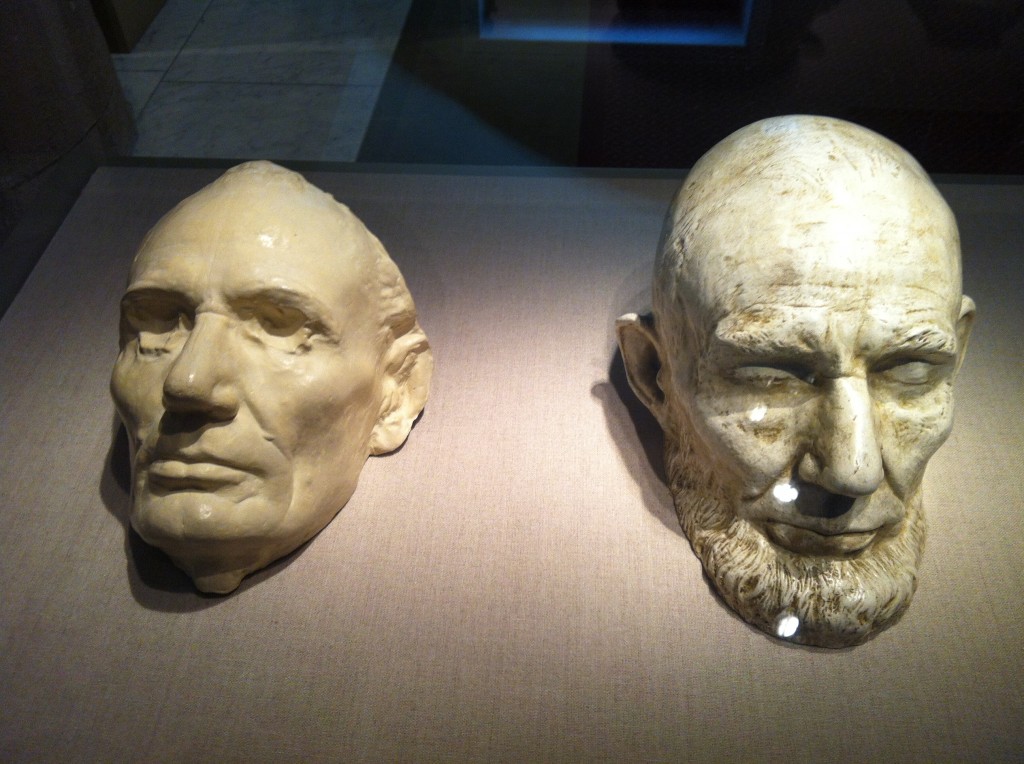
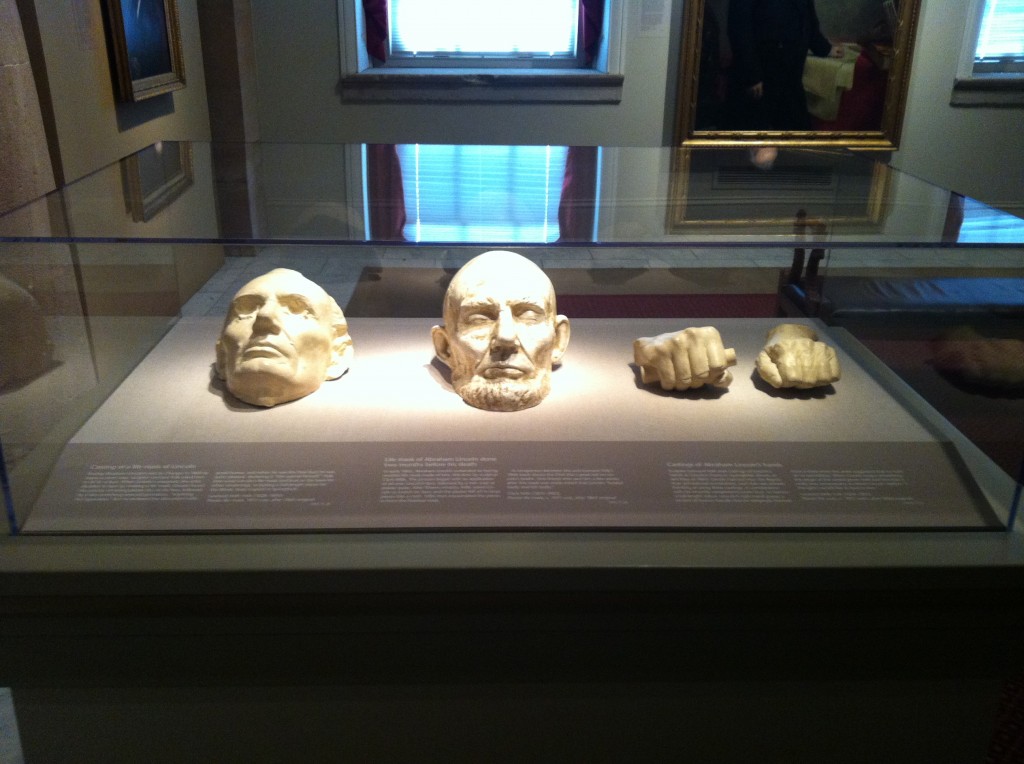
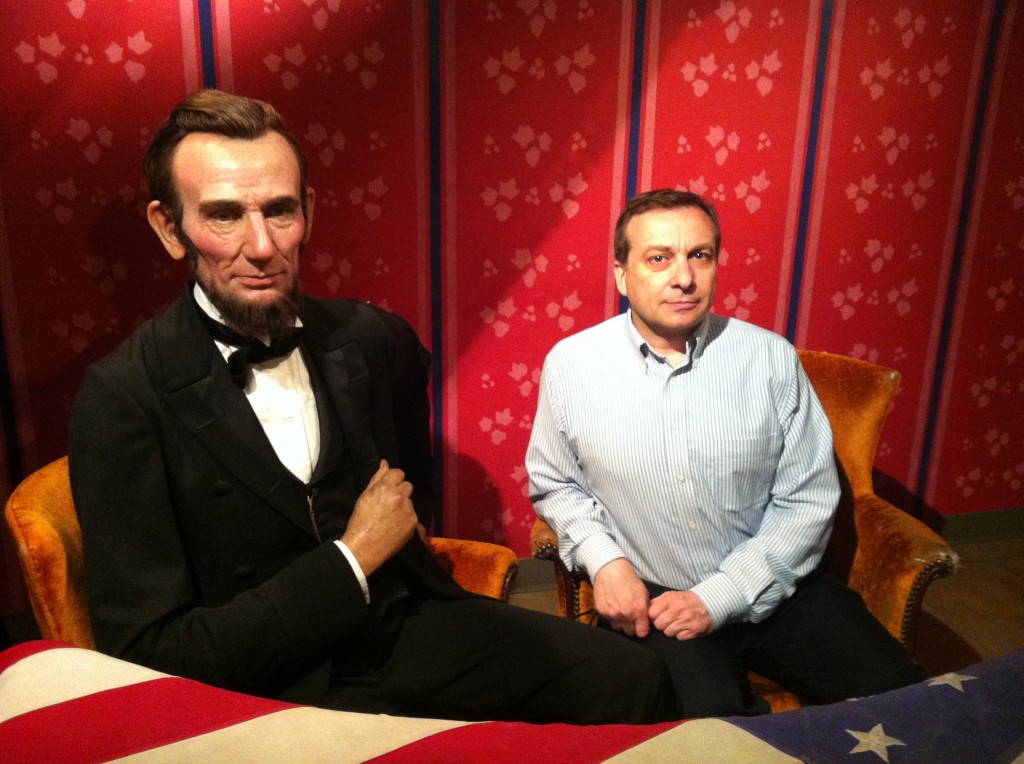
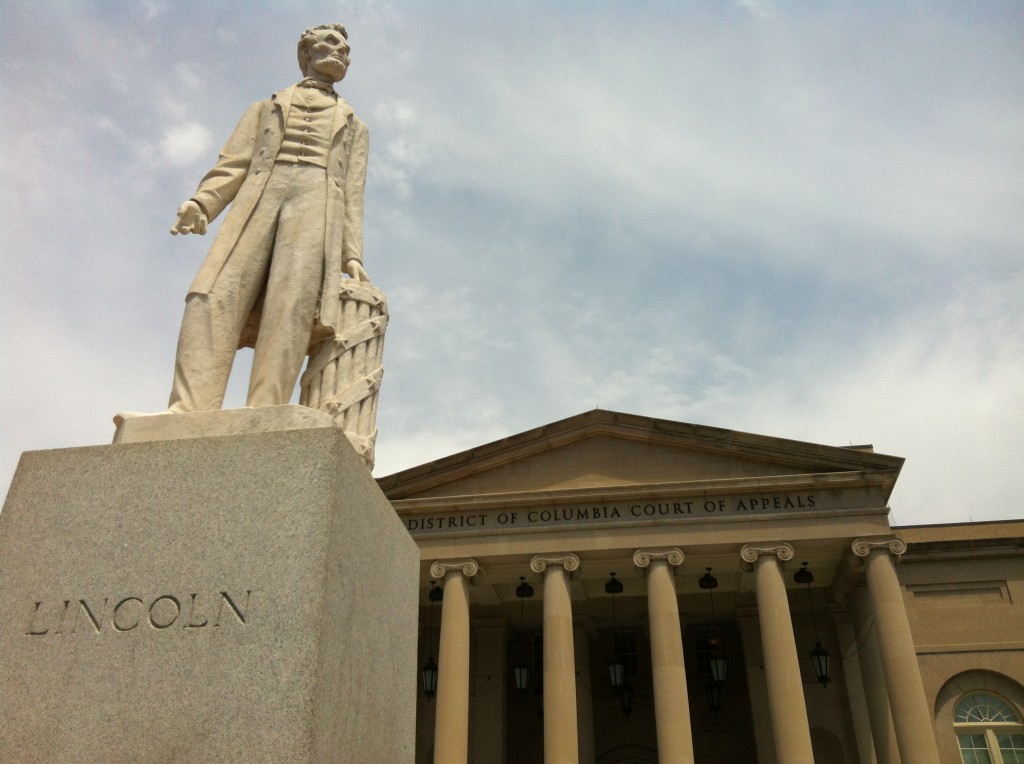
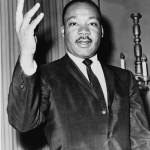 Today is the anniversary of the 1968 assassination of Dr. Martin Luther King, the famed civil rights leader. He was shot April 4th while standing on the balcony outside his room at the Lorraine Motel in Memphis, Tennessee. Dr. King’s contributions and impact on American society are well known, and yet immeasurable. The following short YouTube clip explains the assassination well:
Today is the anniversary of the 1968 assassination of Dr. Martin Luther King, the famed civil rights leader. He was shot April 4th while standing on the balcony outside his room at the Lorraine Motel in Memphis, Tennessee. Dr. King’s contributions and impact on American society are well known, and yet immeasurable. The following short YouTube clip explains the assassination well:








